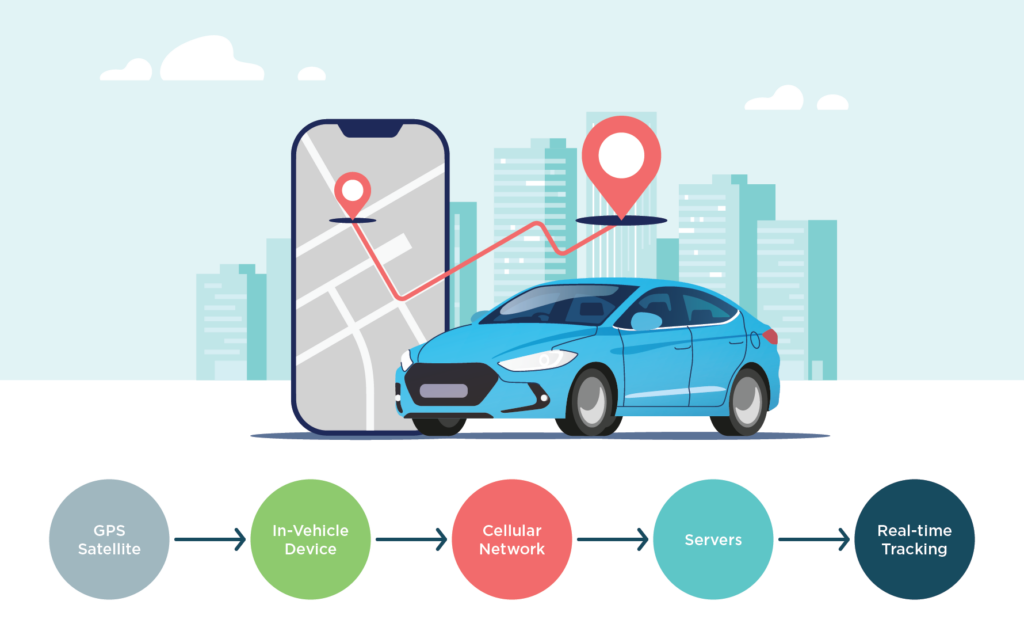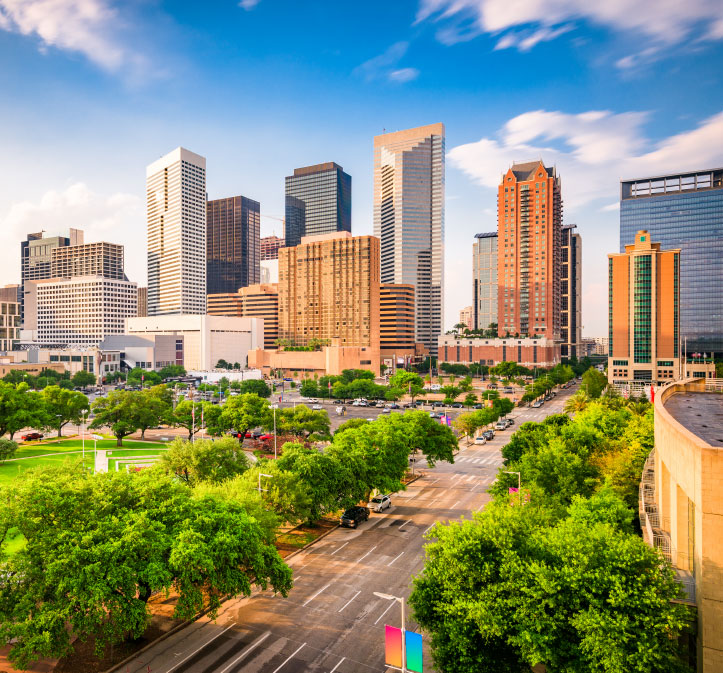The Double-Edged Sword of Trucking Telematics for Transportation Claims
November 14th 2023
The American trucking industry is at the heart of the country’s supply chain. Over 72% of everything shipped in America is carried by truck. This was never more apparent than during the global pandemic. In 2019, the U.S. Department of Transportation’s Federal Motor Carrier Safety Administration mandated that previously imposed documentation and driver logs be electronically collected. This forced digitalization of the trucking industry was initially met with mixed feelings. Four years on, the adoption of telematics continues to have pros and cons for the transportation industry but also insurers.
Why It Matters
The risk of collision for fleet drivers is far greater than that of personal auto drivers because of the greater amount of time they spend on the road and, thus, the greater likelihood of an accident. For example, while the average individual drives about 15,000 miles every year, a truck driver can log anywhere from 80,000 to 110,000 miles annually. Some experts explain that the typical long-haul tractor-trailer driver travels upward of 125,000 miles a year, which is equivalent to circumnavigating the earth five times.
There are direct and indirect costs associated with trucking accidents that most fleets fail to consider. These factors must also be addressed by insurance carriers. A typical accident without injury can cost trucking companies around $16,000 and this number significantly increases up to $75,000 on average when a non-fatality injury is involved.
Direct Costs
Direct costs that most carriers and insurers take into consideration when either assuming or assessing risk while on the road include:
- Truck damage repairs
- Property damage repairs
- Traffic violation fines
- Bodily injury claims
- Driver history and continuous experience
- Legal representation
- Court fines
- OSHA fines
- Insurance deductible and premiums
- Workers’ compensation injuries not covered by insurance
Indirect Costs
There are also indirect costs that trucking companies and insurers must consider. These are:
- Increased insurance premiums and deductible
- Administrative time spent by trucking supervisors, safety personnel, and administrative employees dealing with the accident
- Loss of time from the driver who was involved in the collision
- Training a replacement driver, if necessary
- Lost productivity due to rescheduling deliveries or routes
- Damaged reputation and the ensuing loss of business
- Loss of business for not getting to a customer location on deadline
Telematics can help to inform all of these aspects. More carriers are considering telematics insurance programs and usage-based insurance (UBI) programs for auto insurance policyholders. According to Allied Market Research, the global insurance telematics market was valued at $2.37 billion in 2020 and is projected to reach $13.78 billion by 2030.
Telematics Explained
For those not familiar with telematics, here’s a quick explanation.
Telematics devices look and work like a little black box. It’s installed inside the truck or vehicle. These boxes, called electronic logging devices (ELDs), communicate with GPS satellites, onboard cameras, and sensors while collecting specific data points. The raw data is sent over the cellular network to the telematics software provider’s servers. Trucking companies and insurers can view compiled data through an online portal or mobile device app developed by the telematics software provider called a transportation management system (TMS).

The data consolidated for trucking companies and insurers include speed, acceleration, braking, location, time of day, and driver behavior, such as sharp turns or sudden stops.
The telematics software uses this data to visualize the following:
- Real-time data on vehicle locations and road or weather conditions
- Ways to optimize truck routes and deliveries
- Approaches to improve cost efficiencies
- Truck driver performance
- Safety and efficiency for trucks on the road
The benefits to insurers are numerous.

Benefits of Telematics for Insurers
Insurance companies are founded on the concept of risk. Therefore, risk mitigation efforts benefit the carrier and policyholders. Telematics are shown to influence driver behavior. The idea of being monitored encourages drivers to take precautions, including adhering to speed limits and using smooth braking and sensible acceleration.
For insurers, the advantages of telematics before and after an accident occurs are clear and include:
Crash Data & Reporting
Accident reports and the associated data can give insurance carriers the critical information about what caused the crash. If cameras and sensors are installed, these two can provide invaluable evidence. Telematics also increases the timeliness of first-notice-of-loss (FNOL) reports because some systems can immediately notify insurers to begin the claims process.
Real-time Tracking
Tracking a vehicle’s movements in real time can not only help with scene recreation following an accident but also mitigate the risk of future crashes if an area is known to have poor road conditions or frequent traffic hazards. This helps to mitigate avoidable risk.
GPS Anti-theft System
GPS tracking helps to prevent theft. If criminals suspect a truck or vehicle is being tracked, they are less likely to steal it, serving as a deterrent and saving carriers unnecessary claim management expenses.
Fraud Prevention
Telematics can help to uncover fraud during claim investigations. Data can refute human accounts that are less than truthful, saving insurers time and money.
Safety Data
Drivers demonstrating they are more cautious or have a clear, safe driving record reduce the risk incurred by insurers, which could lower premiums and the number of claims carriers must ultimately handle.
Emergency Warning System
Some trucks are outfitted with additional technology to synchronize warning information with adjacent vehicles in the area of travel, intra-vehicle, and infrastructure. These warning systems can prevent accidents, cutting the cost of future claims.
Risky Driver Behavior
Installing a telematics device can demonstrate to insurers a willingness to and a pattern of driving more cautiously. Using available data, insurers can review a driver’s behavior and determine whether past risky behaviors have improved over time.
Risk Assessment
Telematics gives insurance companies and their agents the tools to recognize fleet operators that uphold high traffic safety standards and the ability to price policies accordingly.
The high cost of so-called “nuclear” verdicts, or legal judgments over $10 million, is another motivation for carriers to support telematics integration. The data retrieved from an ELD is admissible in court to determine whether a driver was negligent. Behavior such as talking on the phone while driving and missing required driver breaks or lapsed vehicle maintenance and diagnostics can all be used in the legal discovery process.
According to a recent U.S. Chamber of Commerce Institute for Legal Reform study using American Transportation Research Institute statistics, the average verdict against trucking firms increased by 867% between 2010 and 2018. Tangentially, in 2021, fatalities in crashes involving at least one large truck were up 13% compared to the previous year. Large truck accidents increased by 26% From 2020 to 2021 (523,796 accidents), according to the National Highway Traffic Safety Administration.
Despite the added safety telematics instills, there are some perceived disadvantages to telematics for insurers.
The Downside of Telematics for Insurers
Here’s where the double-edged sword comes into play. There are some disadvantages for insurers where telematics is concerned.
First, there are privacy concerns to consider. These little black boxes can collect a whole lot of data. Some of the information gleaned about drivers might be considered an invasion of privacy. This is especially true when fleet vehicles are used outside of working hours. While insurers have contractual obligations with their customers to keep the telematics data secure and private, an employer might not be held to the same standard of care. The potential for hacking adds another layer of potential privacy breaches.
Then, there’s the scenario where a technical glitch impacts the data reporting, which could result in inaccurate information or the lack of data altogether. There are numerous telematics software providers, but the technology and types of data available differ slightly. Sometimes, there can also be a disconnect between the device (ELD) and the user platform (TMS), providing fragmented information. Not only can this plain an incomplete picture, but it may result in insurance premium miscalculations or increased risk-taking while driving due to driver frustration.
What the Future Holds
As telematics evolves and its integration improves, it is undoubtedly a game changer for transportation claims. By providing objective and irrefutable evidence to establish and allocate liability, these systems have the potential to enhance claims management, lower costs, and reduce the need for litigation. As fleets continue to adopt and leverage telematics, insurers can use the available data to optimize risk management approaches and reduce the number of claims filed.
To learn more about our Transportation Claims services and solutions, please visit https://davies-group.com/northamerica/solutions/claims-solutions/transportation-claims.
-
March 9th 2021
Davies Announces Expansion of US Specialist Claims TPA & Adjusting Capabilities Through the Acquisition of The Littleton Group
ONDON, UK – 09 March 2021 – Davies, the leading specialist professional services and technology business, serving the insurance…
-
May 25th 2022
Claims Adjuster Time Techniques
Claims adjusters work for insurance companies, banks, and other firms to evaluate the…
-
June 16th 2021
Davies Expands its Property Field Adjusting and TPA Solutions in North America Through the Acquisition of IAS Claim Services
LONDON, UK – 16 June 2021 – Davies, the leading specialist professional services…
-
January 7th 2025
Streamlining Heavy Equipment Claims with Advanced Claim Processing
Handling claims for damaged heavy equipment is one of the most complex challenges…
-
June 6th 2025
Managing Maritime Claims: Why a Coordinated Approach Matters
Maritime claims are rarely straightforward. Whether it’s a Protection & Indemnity (P&I) issue…




